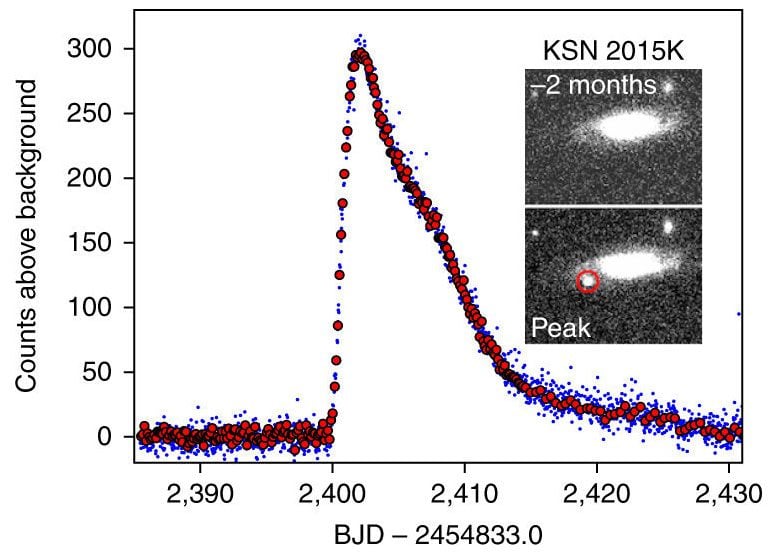
K2 light curve of KSN 2015K. The blue dots are individual 30 min cadence observations while the red points represent 3 h median-value bins. Inset: 60 s i-band DECam images from UT 7 July 2015 (2 months before peak brightness; top) and 1 August 2015 (around the peak; bottom). KSN 2015K is marked with a red circle. The photometric uncertainty is seen as the scatter of the K2 observations before the outburst. Credit: Nature Astronomy (2018) doi:10.1038/s41550-018-0423-2
The K2 Mission, an extension of the immensely successful NASA Kepler mission to search for exoplanets, has discovered nearly one hundred new exoplanets so far. K2 monitors stars for variability, the sign of a transiting exoplanet, but in the course of searching it makes many other variable star discoveries. CfA astronomers David James and Victoria Villar were members of a team of astronomers that discovered evidence in K2 observations for the most extreme case known of a rapidly brightening supernova. Their results appeared in Nature last week.
Normal supernovae brighten dramatically (and then dim) over periods of weeks. A few recent supernova searches using faster cadences, however, have spotted a handful of luminous transients that peak more quickly, in only ten days, before fading in a month. The K2 mission, with its frequent monitoring of stars, has now found an extreme case: a supernova that brightened in only 2.2 days and then dimmed in roughly a week. The process that powers this rapid, dramatic rise cannot be the same one that powers normal supernova emission, namely the radioactive decay of elements produced in the explosive event. The rise time for radioactive decay is well-understood and set by the time it takes for light to propagate through the remnant material, which in turn depends on the mass of the material. The short rise time in this object implies too little material to explain the energetics.
The scientists consider a variety of alternative scenarios, for example the brightening being driven directly by accretion processes around a black hole. They conclude however that the exploding stellar debris has run into external material around the remnant, presumably gas expelled from the star during a pre-explosion event. The existence of this new class of rapid supernovae not only expands our knowledge of how supernovae look and behave, it also illustrates the serendipitous power of astronomical survey missions.
Reference: “A Fast-Evolving, Luminous Transient Discovered by K2/Kepler” by A. Rest, P. M. Garnavich, D. Khatami, D. Kasen, B. E. Tucker, E. J. Shaya, R. P. Olling, R. Mushotzky, A. Zenteno, S. Margheim, G. Strampelli, D. James, R. C. Smith, F. Förster and V. A. Villar, 26 March 2018, Nature Astronomy.
DOI: 10.1038/s41550-018-0423-2

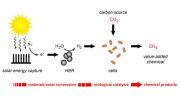
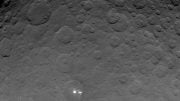


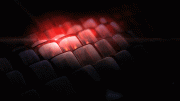

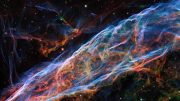

Be the first to comment on "K2 Mission Discovers a New Kind of Supernova"